Unveiling the Legends Famous 45 Ancient Egyptian Mummies
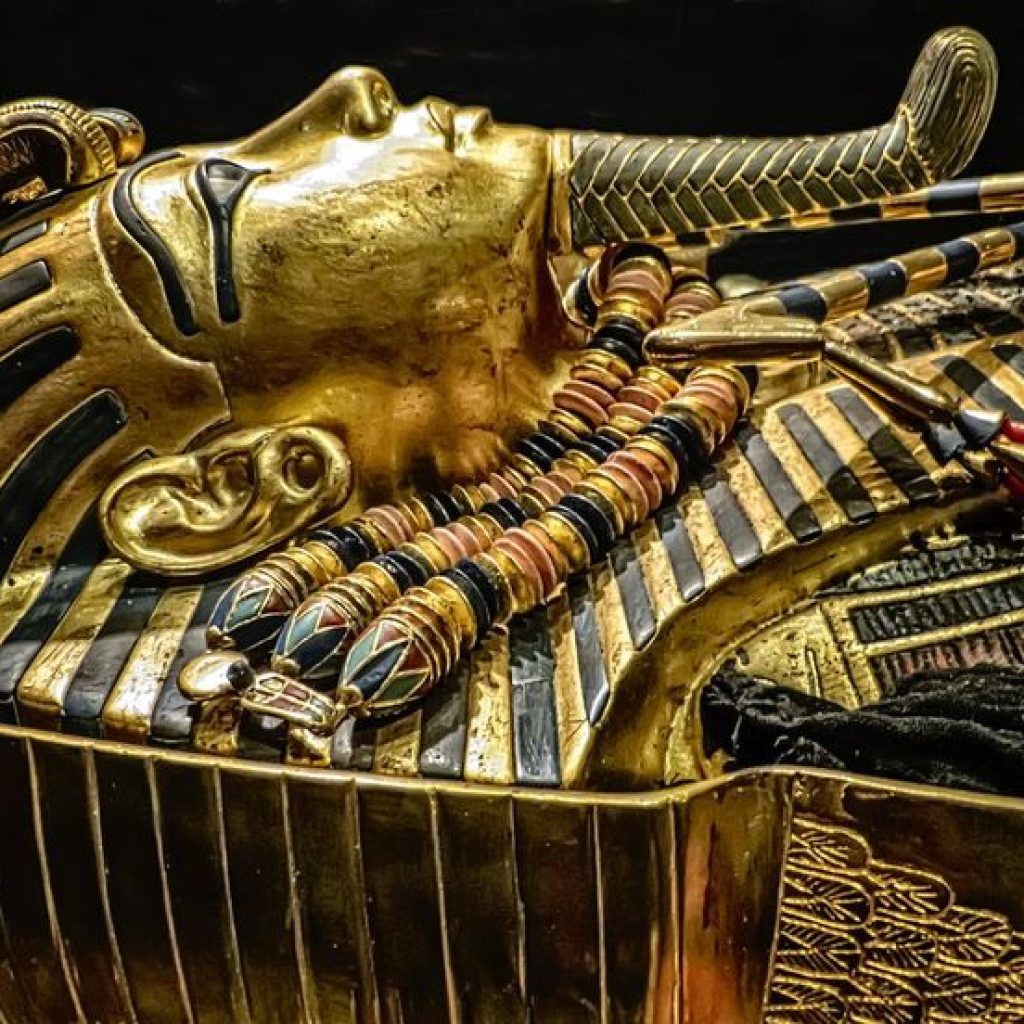
Contents:
- Introduction
- Tutankhamun: The Boy King
- Ramses II: The Mighty Leader
- Seti I: The Builder’s Legacy
- Hatshepsut: The Female Pharaoh
- Amenhotep III: The Prosperous Reign
- Nefertiti: The Iconic Queen
- Thutmose III: The King of Warriors
- Merneptah: The Victory Stele
- Sennacherib: The Legendary Assyrian
Introduction
The fascination with Ancient Egyptian Mummies, has long been a subject of awe and curiosity, especially when it comes to its Ancient Egyptian Mummies. These preserved remains offer a glimpse into the past, revealing the grandeur of a civilization that flourished over millennia. This article explores a curated list of 45 famous Ancient Egyptian Mummies, each with a unique story to tell. Through photos and detailed descriptions, we uncover the lives of these historical figures, their significance, and the mysteries they leave behind.
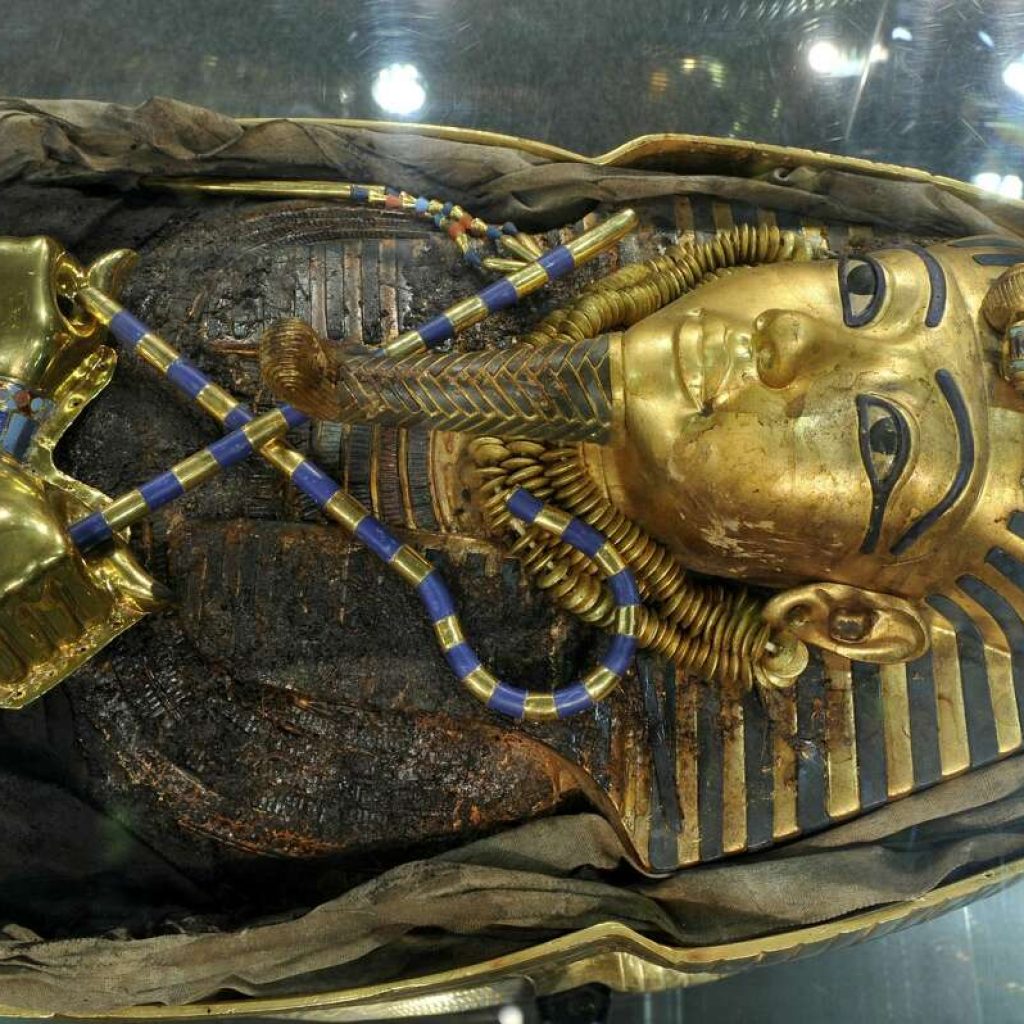
1. Tutankhamun: The Boy King
is likely the most well-knownAncient Egyptian Mummies, because of Howard Carter’s extraordinary 1922 discovery of his nearly intact tomb.Despite his early death at around 18 or 19, his burial treasures and the splendor of his tomb have captivated historians and the public alike. The iconic golden mask of Tutankhamun, now housed in the Egyptian Museum in Cairo, is a symbol of ancient Egyptian opulence and artistry.
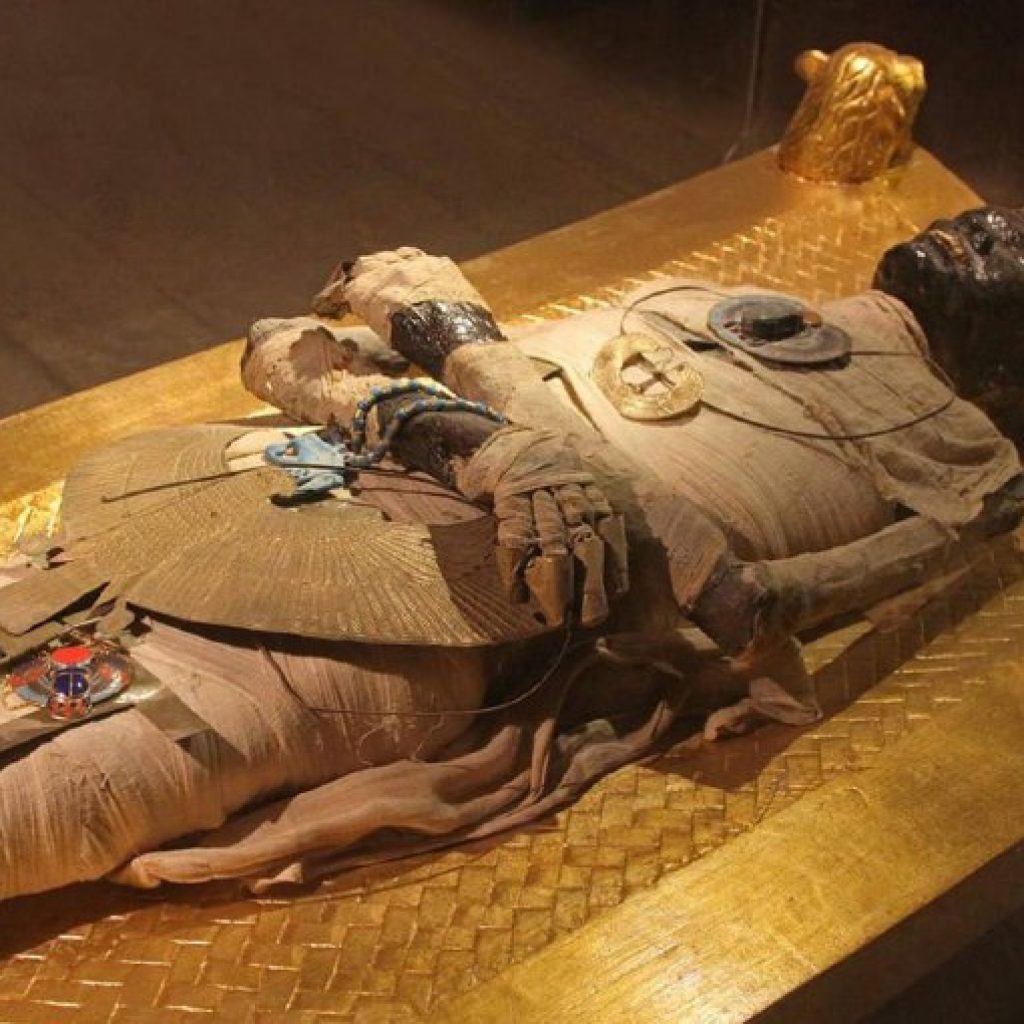
2. Ramses II: The Mighty Leader
Ramses II, called Ramses the Great, ruled for 66 year sand is famous for his large-scale construction projects and war efforts. His mummy, discovered in the Valley of the Kings, is a testament to his enduring legacy. Ramses II’s remains were found in a remarkable state of preservation, which has allowed researchers to study his physical appearance and health. His monumental statues and temples continue to be a source of pride in Egypt’s archaeological heritage Ancient Egyptian Mummies, .
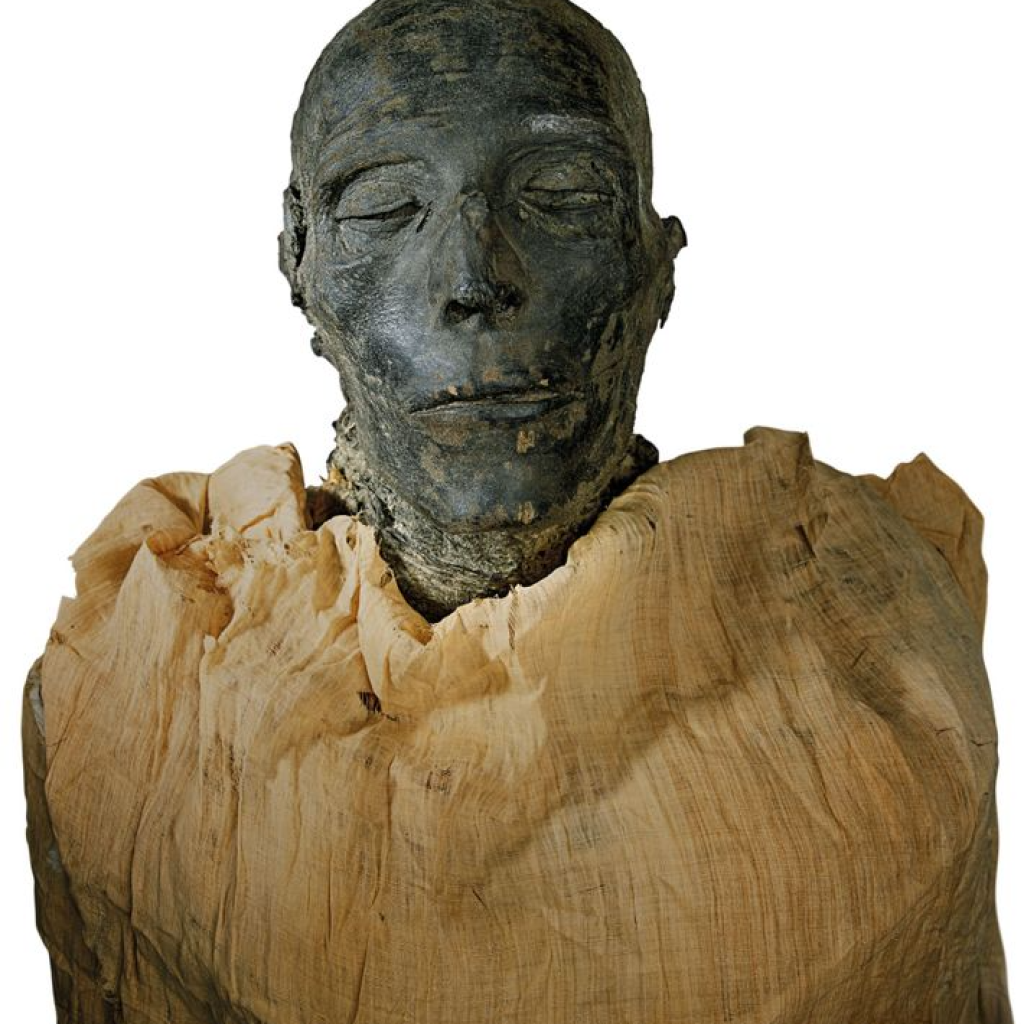
3. Seti I: The Builder’s Legacy
Seti I, the father of Ramses II, was a formidable ruler known for his contributions to Egyptian architecture and his military prowess His mummy, found in the Valley of the Kings, offered substantial insights into the New Kingdom’s mummification methods. Seti I’s tomb is renowned for its exquisite artwork and intricate details, which reflect the high artistic standards of his reign.
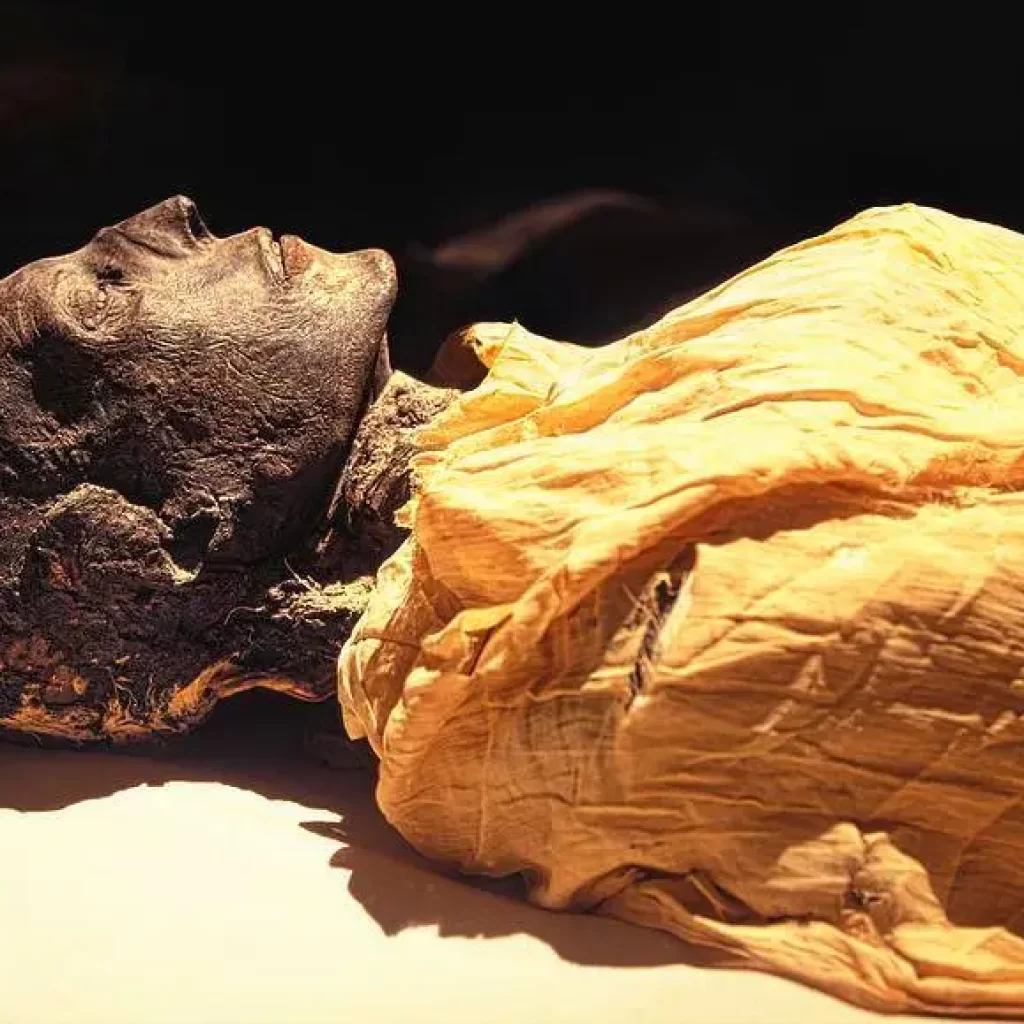
4. Hatshepsut: The Female Pharaoh
Hatshepsut, one of the most successful female pharaohs, is remembered for her prosperous reign and extensive building projects. Her mummy, identified in the Valley of the Kings, was initially misidentified but later confirmed through forensic analysis. Hatshepsut’s reign was marked by peace and economic prosperity, and her mortuary temple at Deir el-Bahari remains a testament to her achievements.
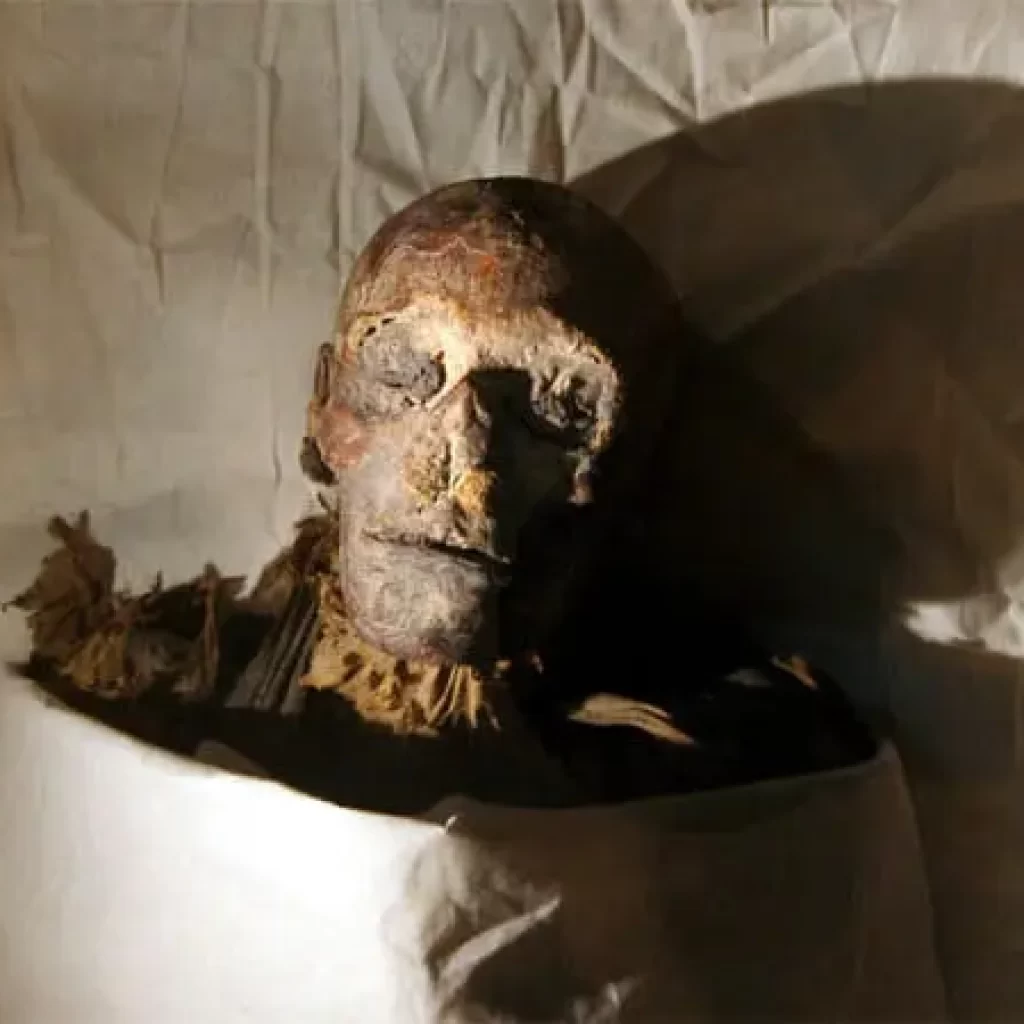
5. Amenhotep III: The Prosperous Reign
Amenhotep III, a pharaoh of the 18th Dynasty, presided over a period of unprecedented wealth and artistic achievement. His mummy, discovered in the Valley of the Kings, provides a glimpse into his lavish lifestyle and the splendor of his reign. Amenhotep III’s reign is often seen as a golden age of Egyptian culture, with significant advancements in art and architecture.
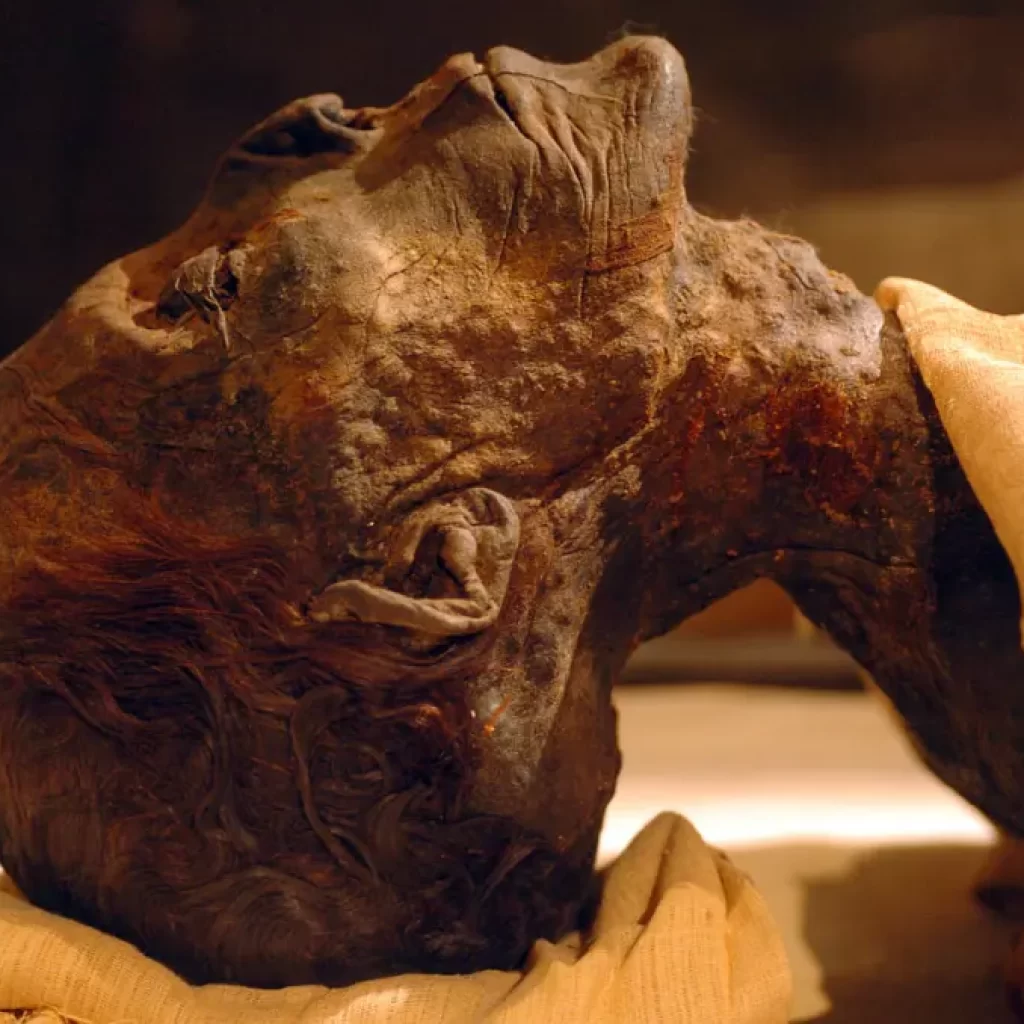
6. Nefertiti: The Iconic Queen
Ancient Egyptian Mummies, Nefertiti, the wife of Akhenaten, is famous for her stunning bust, which has become an icon of ancient Egyptian art. Although her mummy has not been conclusively identified, her impact on Egyptian history is undeniable. Nefertiti’s role as a powerful queen and her involvement in religious reforms have made her a subject of great interest and speculation among scholars.
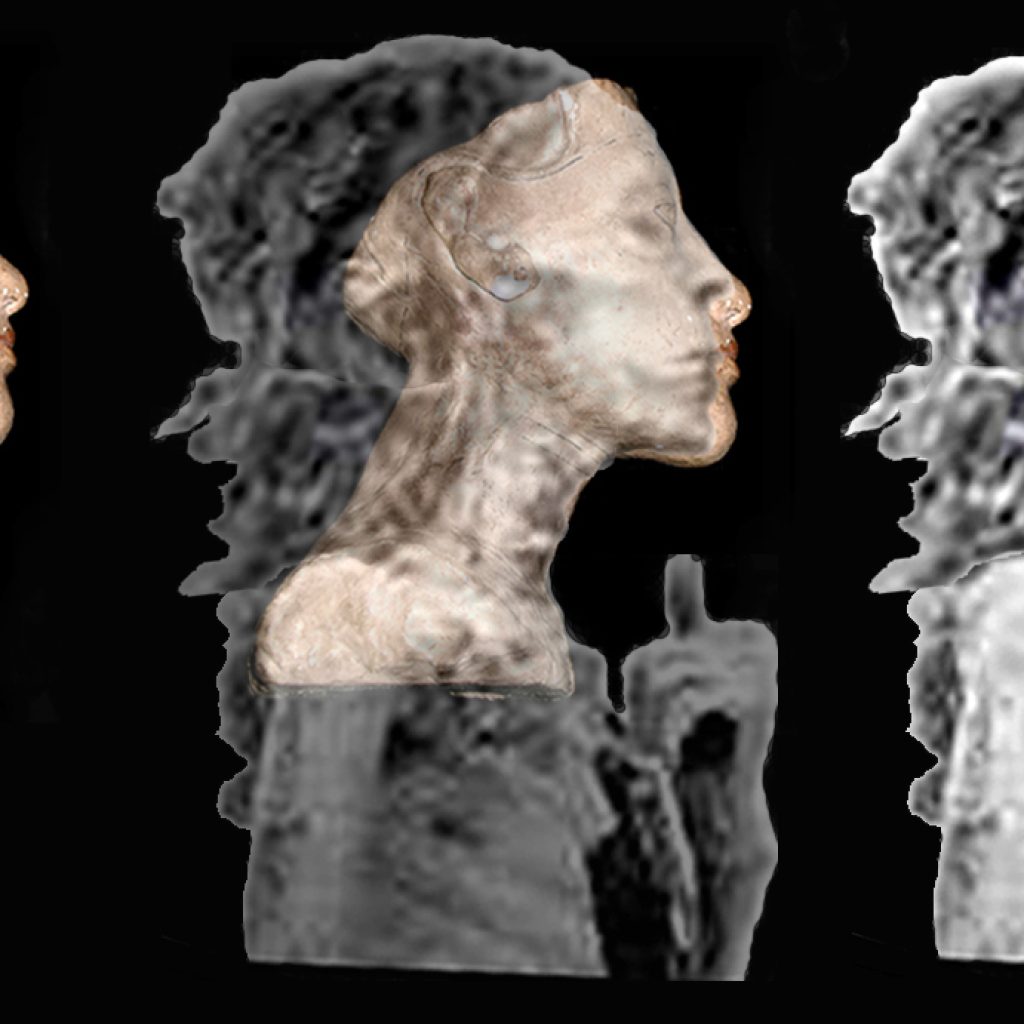
7. Thutmose III: The King of Warriors
Thutmose III, known for his military conquests and expansion of the Egyptian empire, is often referred to as the Napoleon of ancient Egypt. His mummy, discovered in the Valley of the Kings, reveals details about his health and physical condition. Thutmose III’s successful campaigns and administrative reforms cemented his legacy as one of Egypt’s greatest pharaohs Ancient Egyptian Mummies .
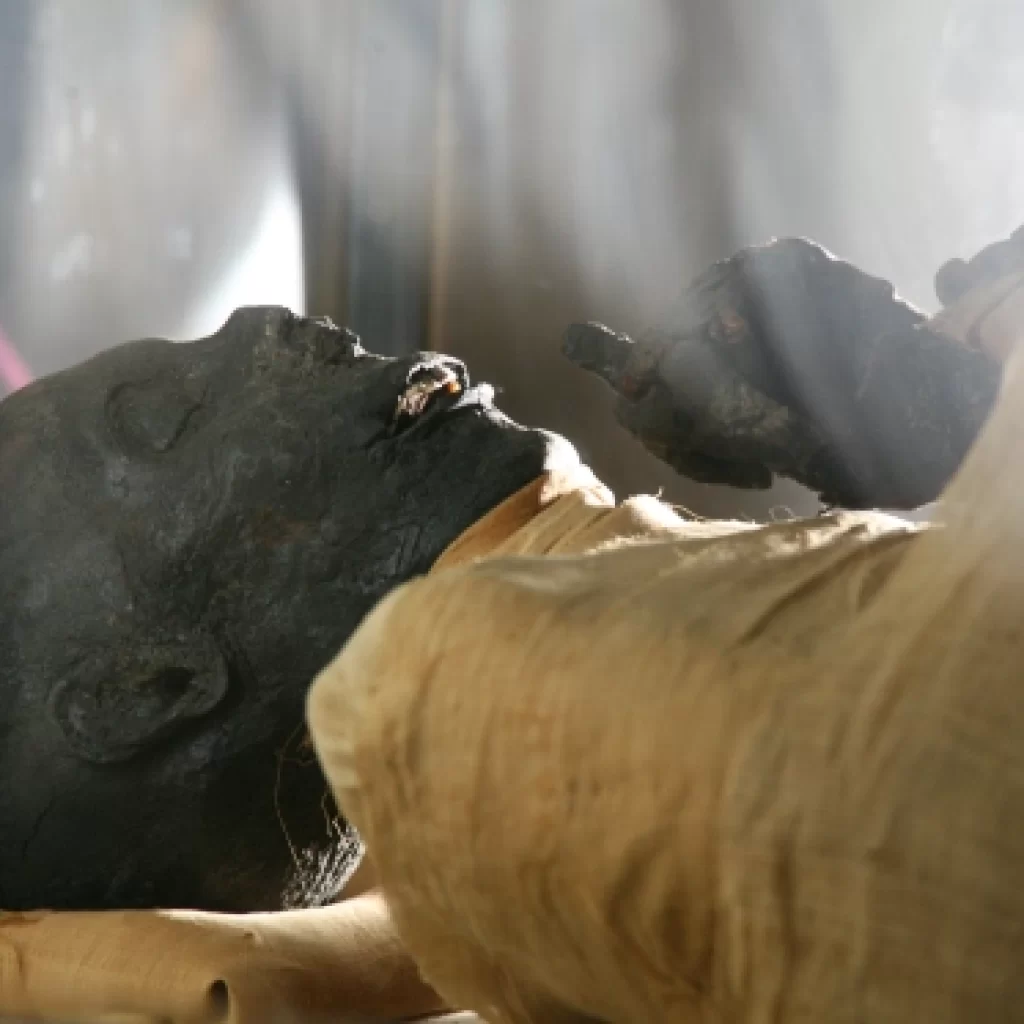
8. Merneptah: The Victory Stele
Merneptah, the son of Ramses II, is noted for his military victories and the Merneptah Stele, which is one of the earliest references to Israel. His mummy, found in the Valley of the Kings, provides valuable information about his reign and the period’s political landscape. The stele, which commemorates his victories, remains a crucial artifact for understanding ancient Egyptian history.
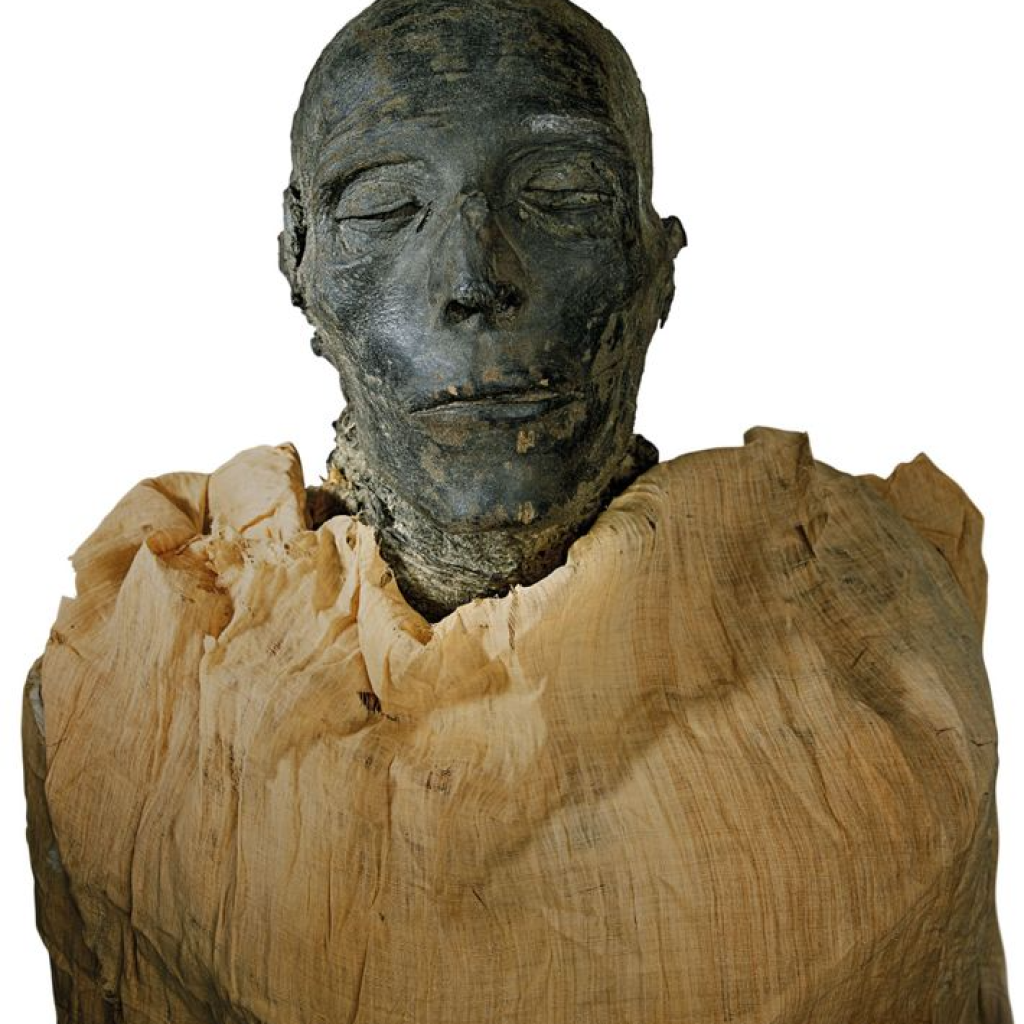
9. Sennacherib: The Legendary Assyrian
Sennacherib, though an Assyrian king rather than an Egyptian pharaoh, is included in this list due to his interactions with Egypt. His mummified remains offer insights into the relationship between Egypt and Assyria during his reign. The discovery of his mummy sheds light on the cross-cultural exchanges and conflicts that shaped the ancient Near East.
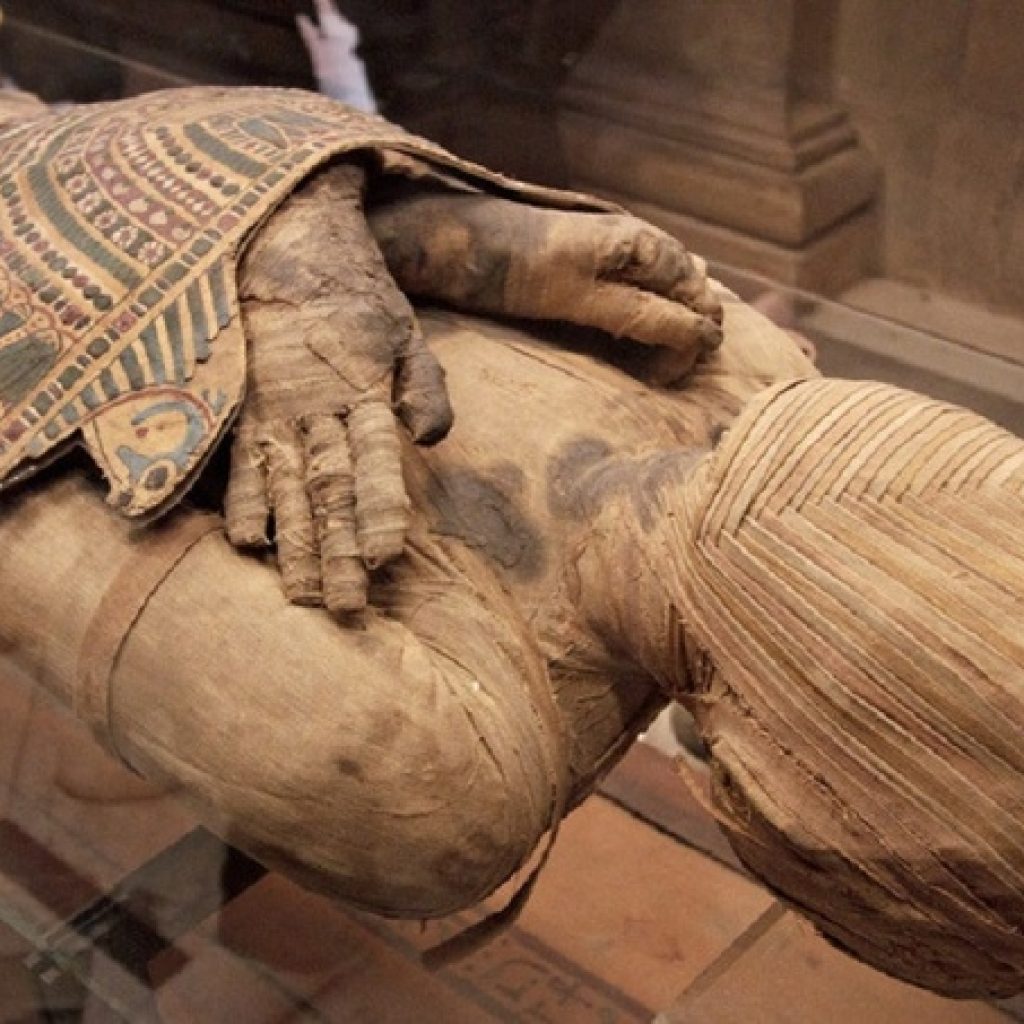
10. Ramses III: The Final Great Pharaoh
Ramses III, the last great ruler of the New Kingdom, faced numerous challenges during his reign, including invasions and economic difficulties. His mummy, discovered in the Valley of the Kings, is notable for its detailed preservation and the evidence it provides about his struggles. Ramses III’s reign marked the end of an era, and his mummy serves as a poignant reminder of the challenges faced by the later pharaohs Ancient Egyptian Mummies .
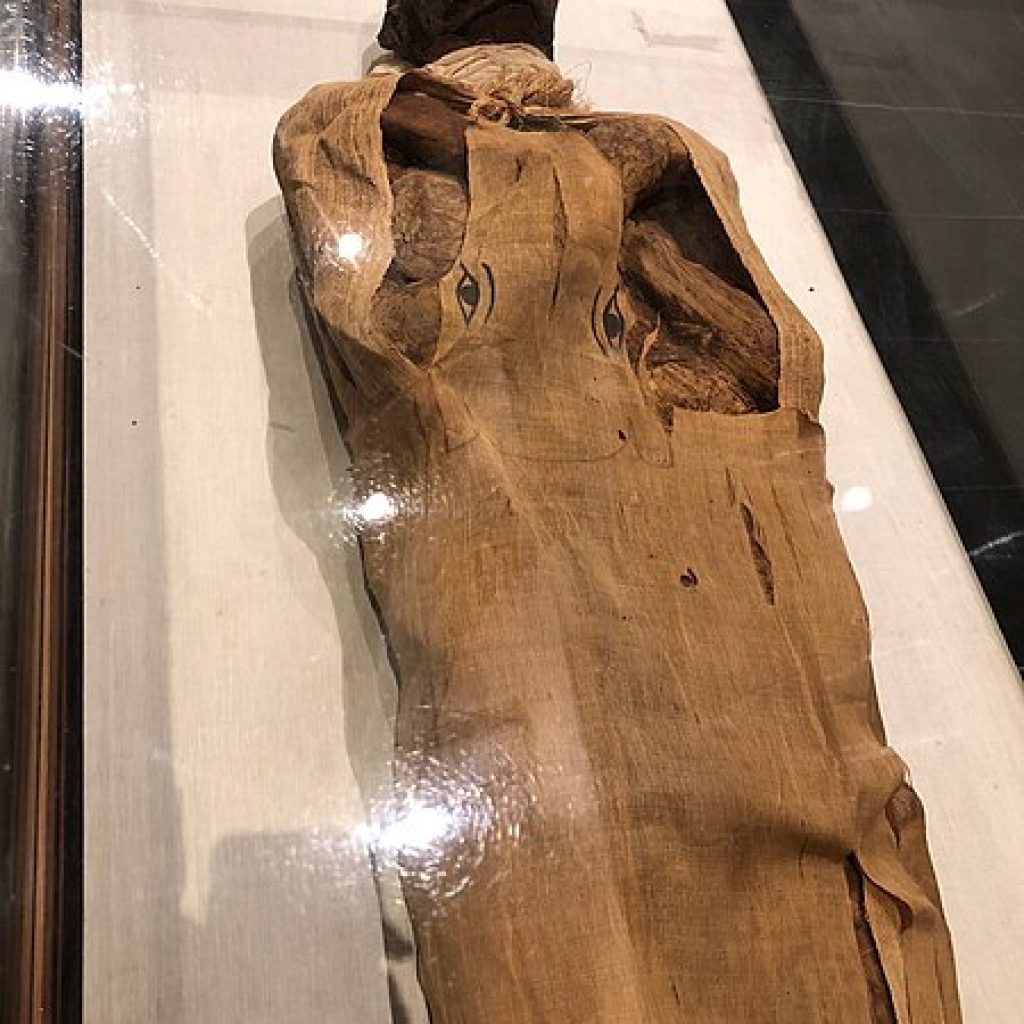
Conclusion
The study of Ancient Egyptian Mummies, provides a fascinating window into the past, revealing the lives and legacies of some of Egypt’s most illustrious figures. From the boy king Tutankhamun to the warrior king Thutmose III, each mummy tells a story of grandeur, power, and mystery. As we continue to explore and analyze these remarkable remains, we deepen our understanding of one of history’s greatest civilizations with Ancient Egyptian Mummies .
FAQs
- What is the significance of Tutankhamun’s mummy?
Tutankhamun’s mummy is significant due to the discovery of his nearly intact tomb, which provided invaluable insights into ancient Egyptian burial practices and material culture. - Why is Ramses II considered a great pharaoh?
Ramses II is considered great for his extensive building projects, military achievements, and long reign, which left a lasting impact on Egyptian history. - What are the notable achievements of Hatshepsut?
Hatshepsut is known for her successful reign, extensive building projects, and the establishment of trade networks that contributed to Egypt’s prosperity. - How did Amenhotep III influence Egyptian art?
Amenhotep III’s reign is marked by significant advancements in art and architecture, including the construction of monumental structures and exquisite artwork. - Has Nefertiti’s mummy been found?
Nefertiti’s mummy remains unidentified, but her bust stands as an iconic symbol of ancient Egyptian art. - What can we learn from Thutmose III’s mummy?
Thutmose III’s mummy provides insights into his health and physical condition, as well as details about his military and administrative achievements. - Why does the Merneptah Stele matter?
The Merneptah Stele is important for its early reference to Israel and for commemorating Merneptah’s victories, which offer a glimpse into the political dynamics of the time.





Comment (0)